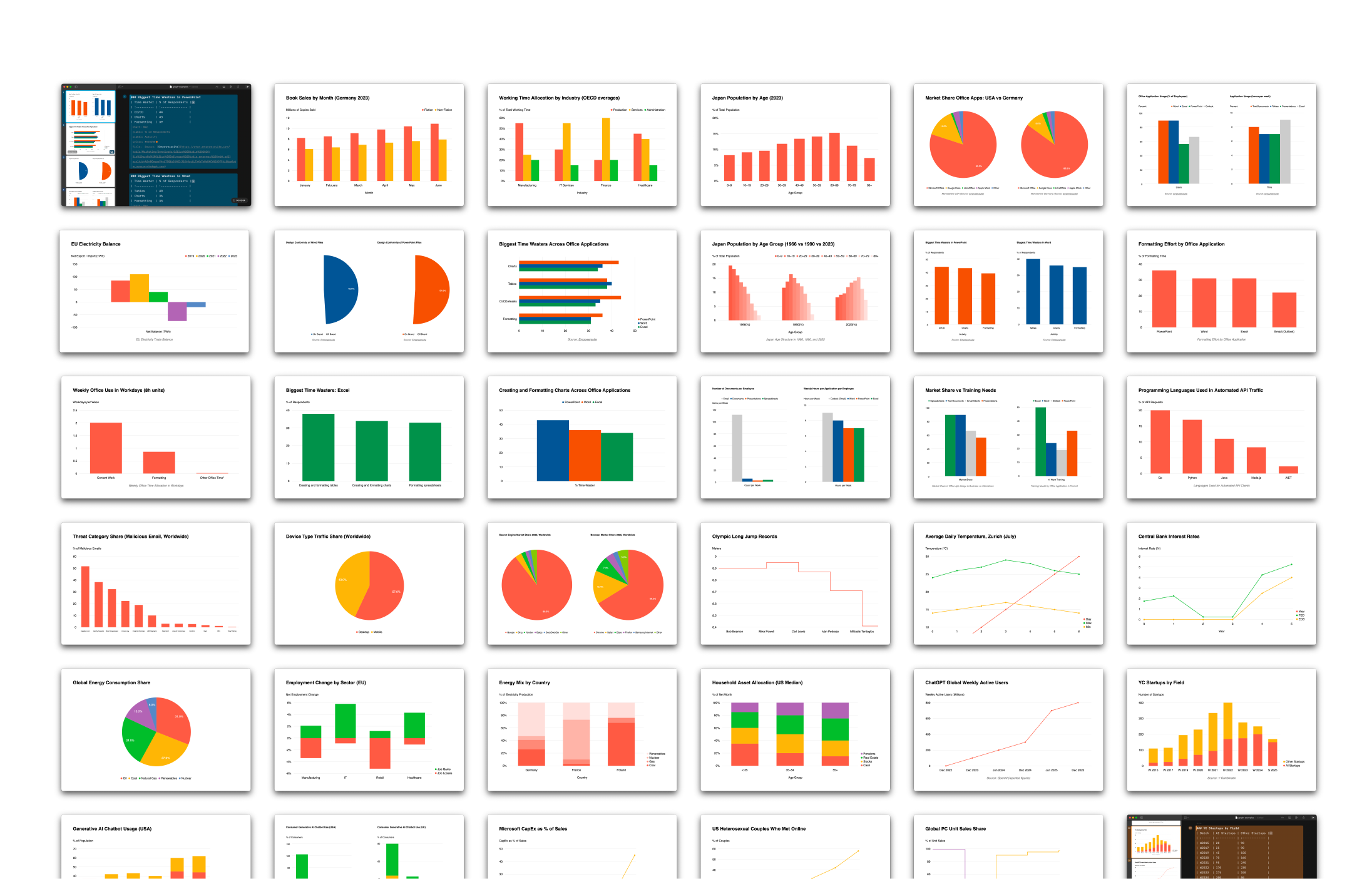A couple of weeks ago, we were ready to publish a long piece about pricing. It had turned into a long, dense, researched piece with 55 footnotes. It explained our economic history in detail. It would have been useful to many startups, and it made a lot of things clear to us. But then we realized that we had to keep it to ourselves. We’d like you to know everything about us—but we don’t want to share everything with the market.
Imagine that we explained how and why our pricing works. What works, what doesn’t and how we know. How much income and expense we get if we do what. The mistakes we have made and what we are planning moving forward. You need to know that to understand pricing. And if we did that, we’d give away years of expensive trial and error. We’d offer strategic and statistical insight to those we compete with. Pricing is one of the harder things to figure out. Pricing is not about guessing the right number, it’s the key to everything.
What is a secret sauce?
Let’s say you start out bootstrapped. You have a pretty good product, but no one knows you. This is not a time to play coy and draft NDAs about your great visions or Javascripts. You want to be as vocal as possible and share all valuable info you have. Strip down naked.1 In practice, you have no competitors. No one competes with you. And those you compete with don’t know you exist.
Initially, you invest your knowledge to get attention. It’s not the greatest deal. Initially, you have nothing else to trade. Unless you have a lot of investment and connections that buy attention. And the little bits and pieces you learned starting out are not a “sauce” yet. You haven’t been cooking long enough. You don’t have a mix. You have bits and pieces. You haven’t connected things yet. Once you have figured out how your business works, you want to share as little of your secret sauce as possible.
The price tag is not the secret sauce. Everyone knows your price. The secret sauce is your typical mix of strategy, design, tech, and how it all connects to the price… We want our clients to understand our product inside out. And the price is part of everything. But we don’t want others to copy-paste a model that took 12 years to build.
Tell me your secret sauce!
If you ask a waiter at the Karen café why we went up with our prices, and how she’d justify the price of her sandwich, she’d tell you that it’s none of your business how they run things. “Go somewhere else if you don’t like our food!” But, as a true American you’d feel offended because, since you pay the money, it is your business. Or, sort of, right? In other words, you expect to be lied to.
Looking around, you’ll see that a lot of companies outside the US feel that they need to explain when their prices change. As usual, the Japanese took it to a comical extreme:
Tokyo-based Yaokin Corp is increasing the price of Umaibo by 2 yen ($.02) apiece to 12 yen from April due to higher costs, according to a person familiar with the matter. It marks the first such increase since the snack – whose name means “delicious stick” – went on sale in 1979. –Reuters2
Well, it makes more sense to explain it when it’s a snack that you buy every day, you might argue. You’re missing the point. The real question aims at the secret sauce. How the hell could they survive this long selling 0.2-cent products?
Not everyone is as self-conscious as Yaokin Corp. Whether prices go up or down, companies tend to lie when they talk about their pricing. Companies lie all the time. Not to fool the customers. That’d be dumb. You can’t build a business fooling your customers. But to fool the competition or potential competitors.
The main reason for prices to go up is usually that they can. They only go down when they have to. No one running a good business lowers their prices to be nice.
Even before the invasion, prices of oil and gasoline were rising as the world gradually recovered from the Covid pandemic. For a brief moment in 2020, the cost of a barrel of oil fell below zero because storage tanks were full from the lack of demand. –NYT3
Inflation will drive prices. And some companies experiment up and down. But if you lower the price, you have to compete on price. If you raise, you act from a position of strength.
Oil companies are affected by the Russian war. The demand changed. They don’t have to charge more, they charge more because they can.
There have been two oil price crashes in the past eight years, and many executives believe that another one is inevitable. That has made them hesitant to drill new wells and seriously ramp up production, said Christopher Knittel, an energy economist at Massachusetts Institute of Technology. The lack of investment has led to a decline in output in recent years. […] Companies have instead been directing profits to shareholders in the form of dividends or as share buybacks. –NYT, Ibid.
The oil price is not a secret, but what happens behind the scenes reads like one big conspiracy theory:
“Even though they see high prices today, they’re afraid that prices are gonna tank over the life of that well,” Mr. Knittel said of industry executives. “They also have this expectation that electric vehicles are going to continue to grow, which means that 10 years from now, that oil well may not be earning profits. And so all of that is creating a disincentive to drill.”
The secret sauce is not always as poisonous as the Big Oil Sauce. But it’s always well kept.
What is in the mix?
As you grow, some things become simpler, and others become more complicated. For us, it has become more and more difficult to share design and marketing insights. Whenever we find something that works, we keep it to ourselves.
This thread in itself turns out to be insight where we have doubts about whether it not we should share it. We—clearly—struggle with keeping secrets. We like to share new and exciting stuff and help others grow with what we know. We like to hear and talk, to read and write about blind spots.
At the same time, the attention economy demands that you share rare information. No matter how much attention you may or may not have. You will lose it if you don’t share anything of value.
We are knowledgeable about design and technology. Our clients, people who write and present, are not that interested. We happen to serve a more technical crowd, but more and more, we reach a wider audience.
So, moving forward, I guess we will write less about design and strategy. And we will talk more about writing and presenting. Who uses our products and how. This is far more interesting to the new audience we are reaching these days. Writing about writing and presenting is a better match.
What’s next
Moving forward, we want to share how our products work rather than how we build them. You can still ask us anything. Please understand that we can’t be as open about pricing, design, strategy, or marketing as we are about everything else. You risk getting a limited answer. This is not because we don’t like you or because we fear your question. We don’t want to share the secret sauce with the market it competes in.
We don’t know that much more than others. It’s tiny little things. In combination, they become a recipe that encourages imitation. Given how easy it is to imitate digital things on their surface, we prefer making some things a riddle.
In the past, we shared whatever we came across because we needed to sell. Looking back at our blog, a lot of it has proven to be solid advice. The early writings were often ahead of time. Our posts on web design, UX, screen typography, and marketing seemed exaggerated. Today they read as we wrote them recently. Our warnings against Facebook, bots, Social Media, and buttons seemed random and hysterical. They are mainstream opinion now.
In the future, we want to share less about us and more about you. How you use our tools and less how we build them. We want to share more of the feedback we get. It will be as useful to you all as it is to us, building our tools. We are still looking for the right platform.
It’s not Twitter, Reddit, or Slack. We’re still looking for the right solution. It needs to be both open and manageable. Interactive and encouraging a friendly dialog. Tips are welcome.
-
I’m following a bootstrapped startup that publishes its monthly balance sheet. I don’t understand what the startup does. But I’m transfixed by the transparency and the struggle. It’s like watching a Big Brother show. ↩
-
Reuters: Crunch time: Japan’s ‘miracle’ snack gets first price hike after decades: “Umaibo have been the same price for so long, so a 2-yen increase is a big deal,” 59-year-old housewife Noriko Eda told Reuters. “I was surprised.” ↩
-
New York Times: Why Gas Prices are so High ↩








